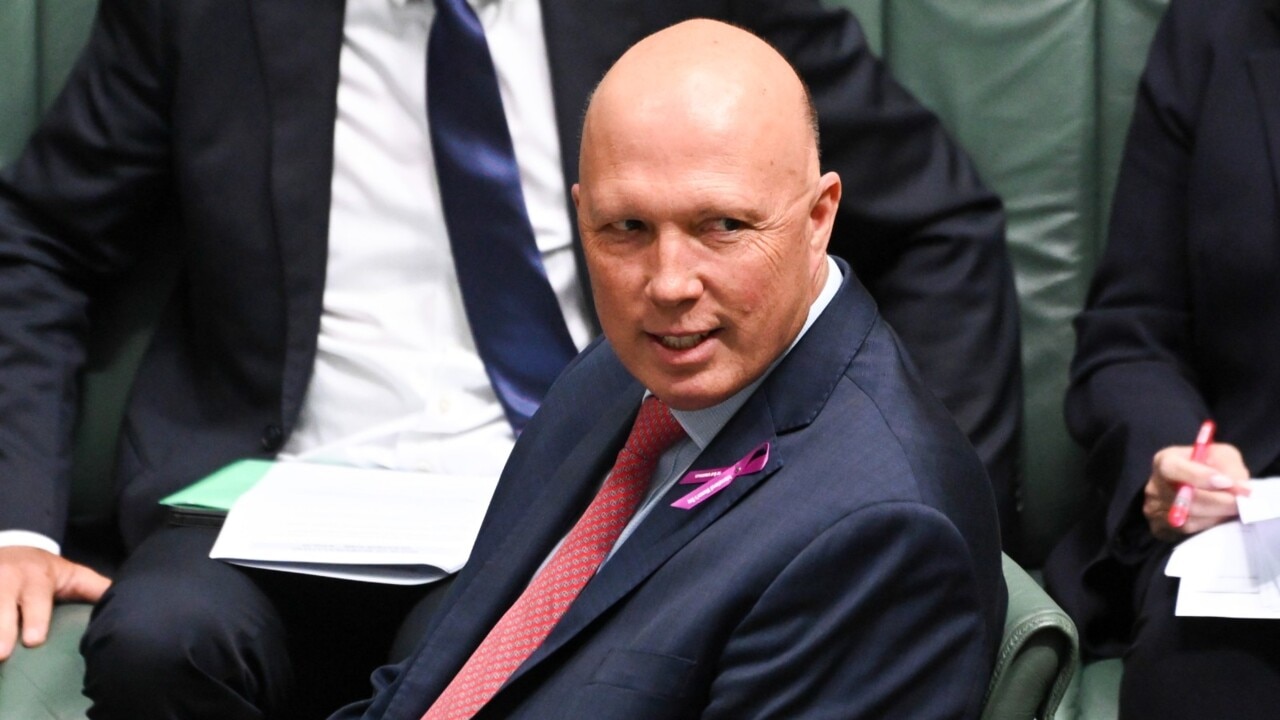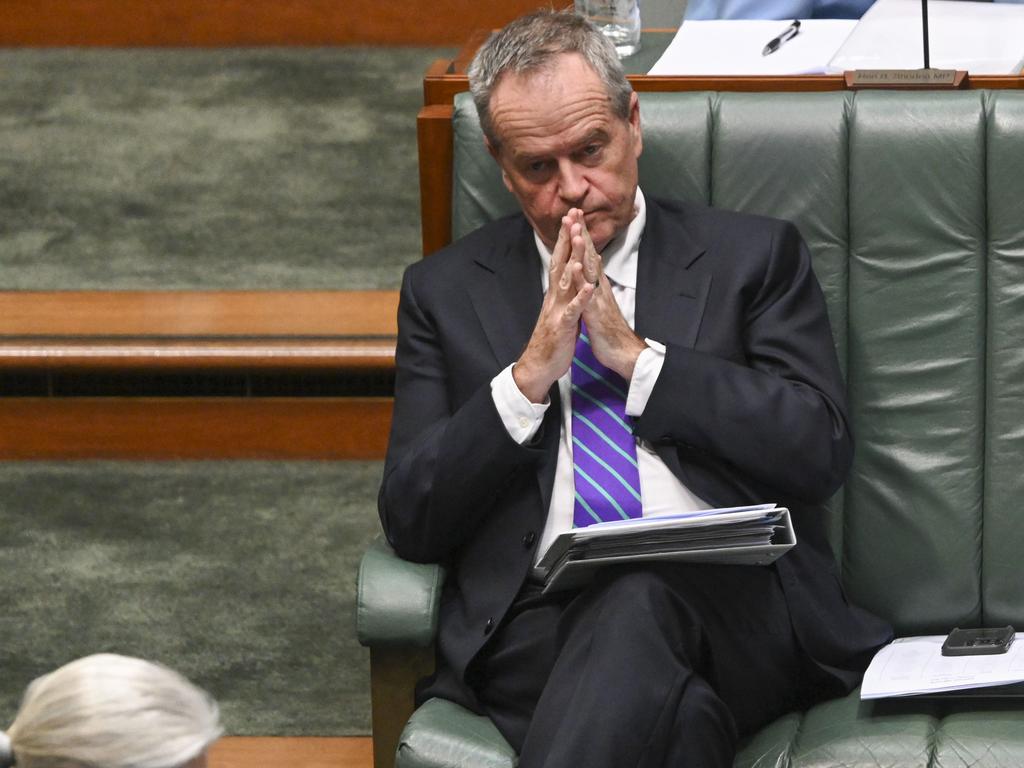
The Albanese government’s disappearing structural deficit relies heavily on NDIS efficiencies, but Treasury provided no explanation as to how Labor would achieve $74bn in savings over the decade.
On Tuesday night, the budget outlined an aspiration with no specific breakdown of policies or dollar figures to support heroic assumptions for a scheme that has blown out by billions year-on-year, thanks to collective political failure.

Two days after the budget was handed down, Shorten released a five-point table matched with two columns titled “estimated potential impact ($b) and percentage reduction in growth”.
The two questions raised by Shorten’s 41-word explainer are: how come this detail wasn’t in the budget and how credible is the five-point plan when it doesn’t address serious problems with NDIS eligibility?
A post-budget briefing note that lists five vague slogans and promises $15.3bn in savings over four years – while ruling out legislative changes with the states on NDIS eligibility – raises concerns about whether Treasury believes the plan will work. The vacuum of detail in the budget undermines the government’s fiscal repair plan.
Shorten’s $74bn savings blueprint is based on spending $733m, hiring more staff, having less frequent reviews of NDIS plans, investing in capability and IT systems, and cracking down on rorters.
Successive governments have promised efficiencies in the NDIS but failed to rein in cost blowouts. If Shorten can’t deliver on his ambitious NDIS savings targets, Jim Chalmers’ budget repair story will have an unhappy ending for taxpayers and the bottom line.







Bill Shorten’s attempt to retrofit a five-point plan explaining how the government will save $15.3 billion in the National Disability Insurance Scheme puts the integrity of the budget at risk.